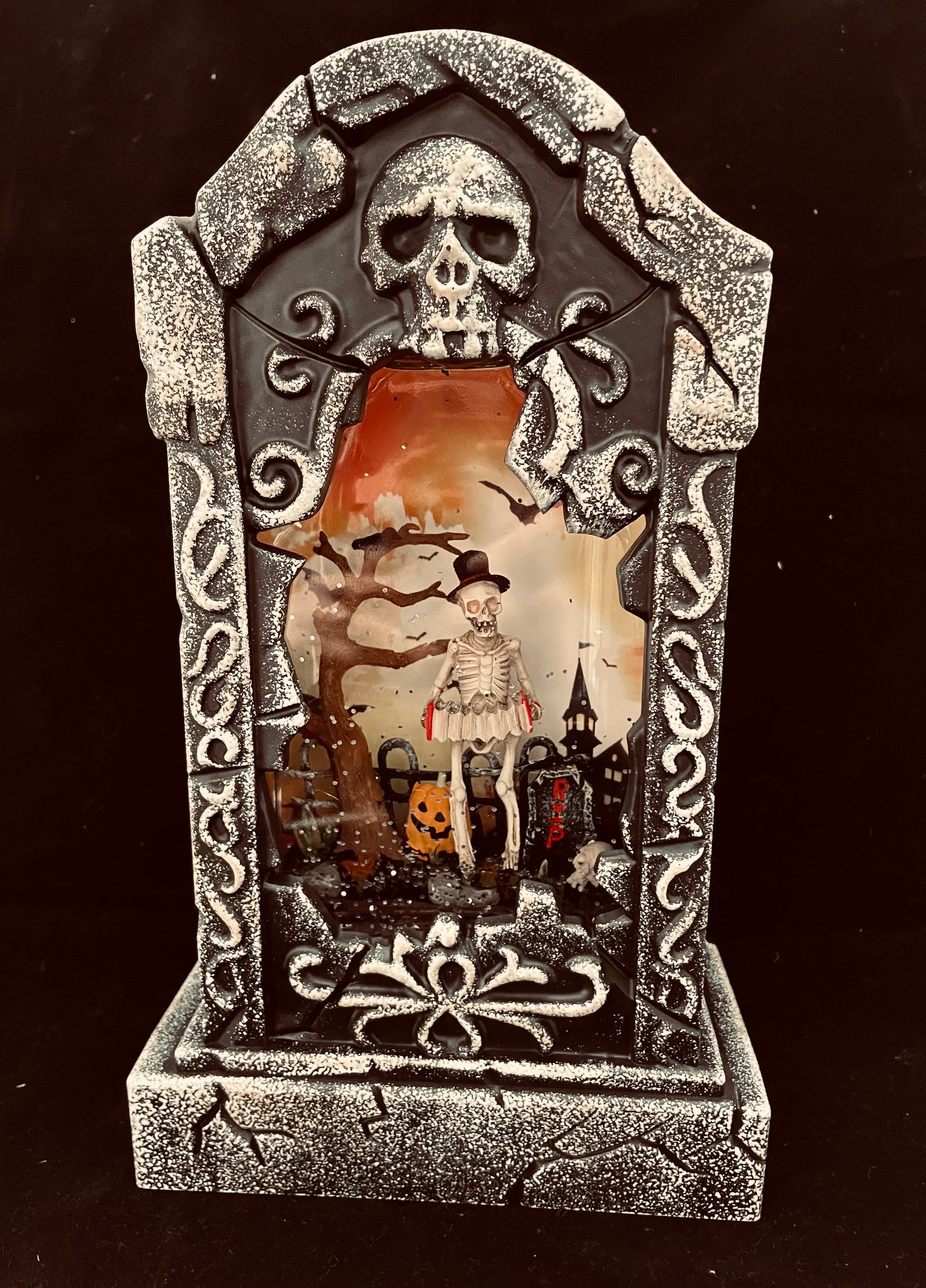
The History of Halloween
The history of Halloween is a fascinating journey that spans centuries and draws from various cultural influences. Halloween, as we know it today, has evolved from ancient traditions, religious practices, and folklore. Here is a brief overview of the history of Halloween:
-
Ancient Celtic Roots: Halloween's origins can be traced back to the ancient Celtic festival known as Samhain (pronounced "sow-in"). Samhain marked the end of the harvest season and the beginning of winter. It was believed to be a time when the boundary between the physical world and the spirit world was thin, allowing spirits, both benevolent and malevolent, to roam the earth. People lit bonfires and wore costumes to ward off these spirits.
-
Christian Influence: In the 7th century, the Christian church attempted to replace Samhain with All Saints' Day (also known as All Hallows' Day), celebrated on November 1st, and All Souls' Day on November 2nd. These days were meant to honor saints and pray for the souls of the departed. The evening before All Hallows' Day became known as All Hallows' Eve, which eventually evolved into Halloween.
-
Medieval Traditions: During the Middle Ages, Halloween began to incorporate elements from various European traditions. These included mumming (disguised people going door-to-door, performing tricks or plays), guising (dressing in costumes), and souling (begging for soul cakes in exchange for prayers for the deceased).
-
Immigration to America: Halloween was brought to North America by Irish and Scottish immigrants in the 19th century. It began to take on a more secular and community-oriented character in the United States, with traditions such as pumpkin carving and the telling of ghost stories becoming popular.
-
Commercialization and Modernization: In the late 19th and early 20th centuries, Halloween became more commercialized, with the sale of costumes and decorations. The holiday also shifted from primarily being a community event to a more family-oriented celebration. Trick-or-treating, where children go door-to-door for candy, became a widespread tradition.
-
Contemporary Halloween: Today, Halloween is a widely celebrated holiday in many parts of the world. It combines elements of ancient Celtic customs, Christian traditions, and various cultural influences. People of all ages dress up in costumes, decorate their homes with spooky themes, and engage in activities like haunted houses, parties, and parades. It is also a time for the exchange of candy and treats.
In summary, Halloween has a rich history that encompasses ancient Celtic rituals, Christian observances, and the contributions of various cultures. It has evolved into a fun and festive holiday celebrated by people of diverse backgrounds, with its own unique blend of customs and traditions.

Leave a comment